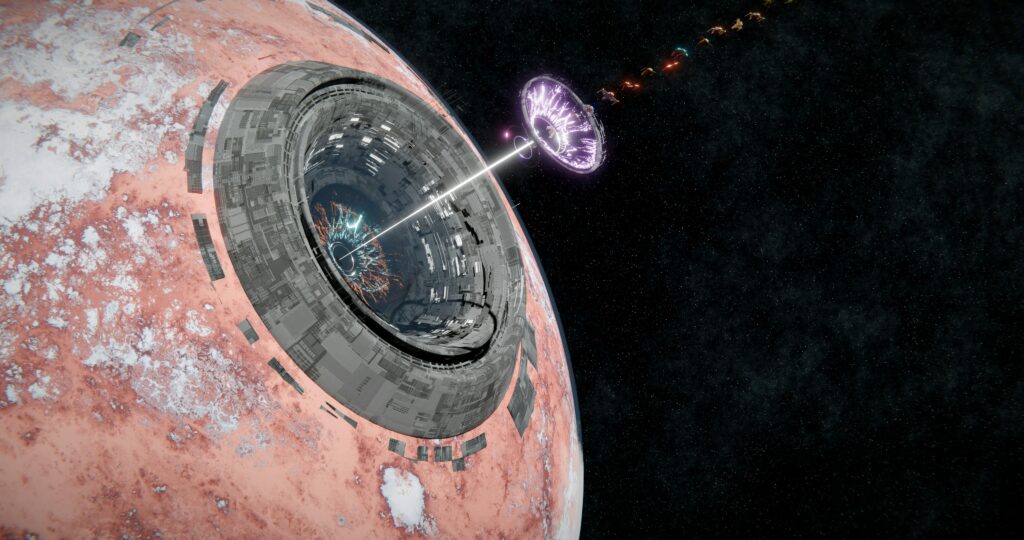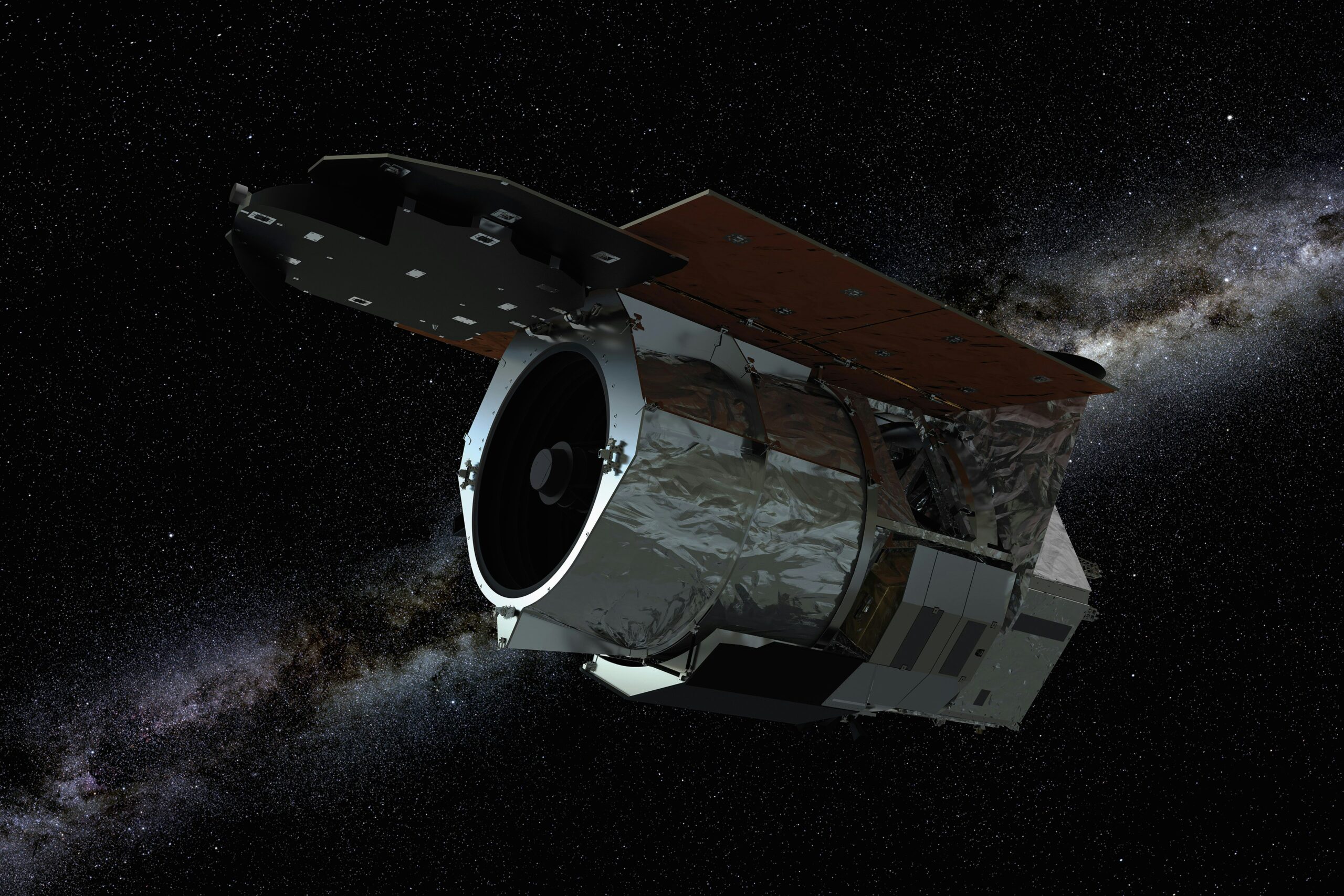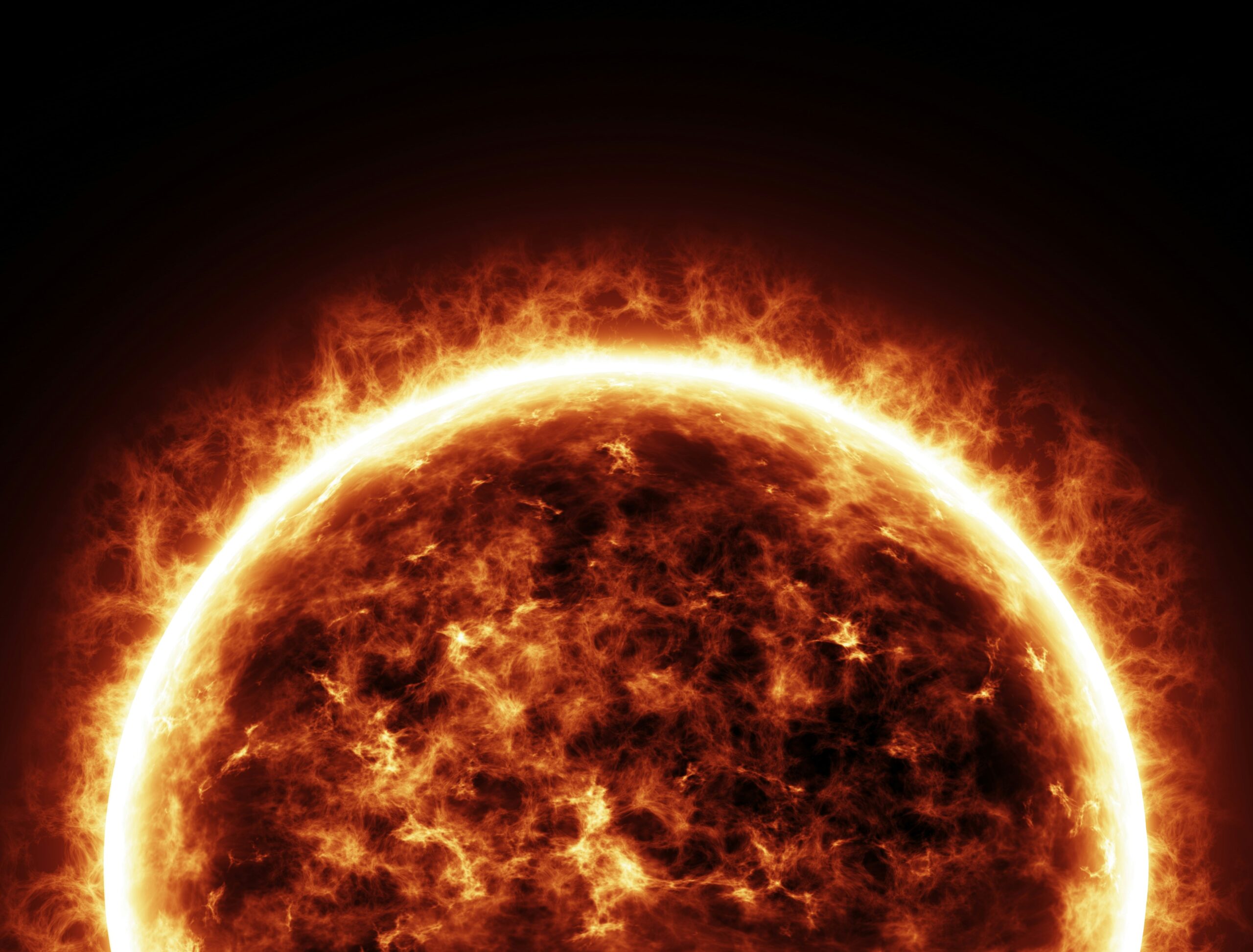The Southwestern Research Institute (SwRI) has unveiled an exciting new study proposing how humanity could send a spacecraft to intercept and study an interstellar visitor, such as 3I/ATLAS. This bold vision, known as the SwRI Interstellar Mission Concept, could transform our understanding of the universe by providing firsthand data about objects that come from beyond our Solar System.
Since the discovery of ‘Oumuamua in 2017 and 2I/Borisov in 2019, scientists have been captivated by interstellar objects. These rare cosmic travelers are time capsules from distant star systems, carrying chemical and physical signatures of environments far beyond our reach. The SwRI plan presents one of the most detailed frameworks yet for how we might actually catch one.
Why Interstellar Objects Matter
Interstellar objects are like cosmic messengers. They are fragments of other planetary systems, ejected into space by gravitational interactions, collisions, or stellar evolution. When one enters our Solar System, it provides a fleeting but invaluable opportunity to study material formed around another star.
Here’s why the SwRI Interstellar Mission Concept is such a big deal:
- Chemical Clues: Studying an interstellar body could reveal whether the same organic chemistry that seeded life on Earth is common elsewhere.
- Planetary Formation: Their structure and composition might show how other planetary systems evolve compared to ours.
- Comparative Science: Interstellar objects offer a direct comparison between our Solar System and the broader galaxy.
Lessons from ‘Oumuamua and Borisov
The first interstellar object discovered, ‘Oumuamua, baffled astronomers with its elongated shape, unusual motion, and lack of a visible coma (the glowing cloud typical of comets). Its peculiar behavior sparked debates about whether it was a comet, asteroid, or even an artificial object.
Then came 2I/Borisov, which more closely resembled a traditional comet but still carried unique characteristics. These discoveries highlighted the urgency of having a mission ready to chase down future interstellar visitors. That’s the foundation of the SwRI Interstellar Mission Concept.
The SwRI Plan for 3I/ATLAS
The latest interstellar object, 3I/ATLAS, presents another golden opportunity. SwRI researchers have proposed a spacecraft design that could intercept such objects quickly after detection.
Key features of the mission concept:
- Rapid Launch Capability: A spacecraft must launch quickly after discovery, as interstellar objects travel fast and don’t linger.
- High-Speed Propulsion: Advanced propulsion systems, possibly solar-electric or nuclear-assisted, would be needed to catch up.
- Scientific Payload: Instruments would include spectrometers, cameras, and dust analyzers to study composition, structure, and possible organic material.
- Flyby or Rendezvous: Depending on speed and trajectory, the mission might only achieve a flyby, but even that could yield unprecedented data.
Challenges of the Mission
While inspiring, the SwRI Interstellar Mission Concept faces significant hurdles:
- Detection Lag: We often detect interstellar objects only after they’ve entered the Solar System, leaving little time for preparation.
- Extreme Speeds: These objects can travel at tens of kilometers per second, requiring powerful propulsion systems.
- Funding & Infrastructure: Developing a spacecraft on standby for rapid deployment requires political will and global cooperation.
Despite these challenges, SwRI researchers emphasize that preparing now could ensure we’re ready when the next interstellar visitor arrives.
Scientific Payoff
If successful, the mission could answer profound questions:
- Are organic molecules universal across planetary systems?
- Do other systems form comets and asteroids similar to ours?
- Could interstellar objects carry the precursors of life?
The SwRI Interstellar Mission Concept could directly contribute to astrobiology by determining whether life’s building blocks are widespread in the galaxy.
Broader Implications for Space Exploration
Beyond science, the mission would push the boundaries of human engineering and collaboration. It would demonstrate rapid mission development, advanced propulsion, and international scientific unity.
The mission could also inspire spinoffs:
- Planetary Defense: Faster response to near-Earth objects.
- Deep-Space Exploration: Technologies developed could apply to missions beyond the Solar System.
- Public Engagement: Much like Apollo or JWST, the mission would capture public imagination about our place in the universe.
Preparing for the Future
Astronomers predict that as telescopes like the Vera C. Rubin Observatory come online, we’ll detect many more interstellar objects. Having the SwRI Interstellar Mission Concept ready means we could act quickly, rather than missing another opportunity.
This mission could be humanity’s first step in studying the galaxy directly, not just through telescopes but by touching the relics of other stars.
Conclusion
The SwRI Interstellar Mission Concept represents an ambitious and visionary step for space science. By targeting objects like 3I/ATLAS, the mission could provide unprecedented insights into the chemistry, structure, and origins of interstellar bodies.
As more interstellar objects are discovered, the question isn’t if we should pursue them—but when. With careful planning and investment, the next cosmic visitor might not just pass by unnoticed. Instead, it could become the first alien world we study up close.

Source:
Universe Today – SwRI Mission Concept for Interstellar Objects


